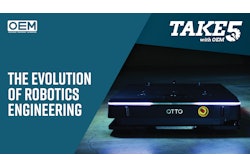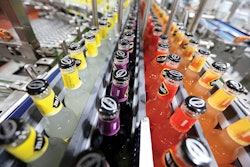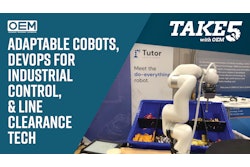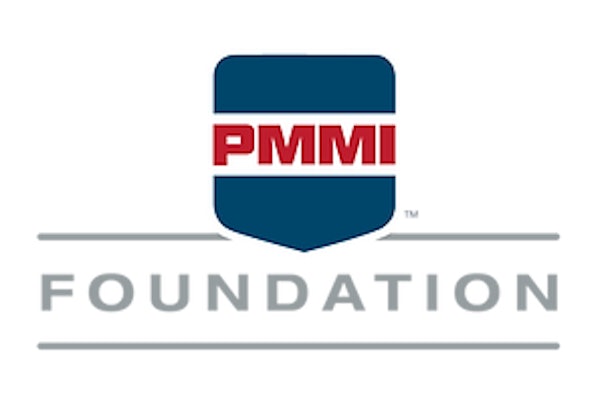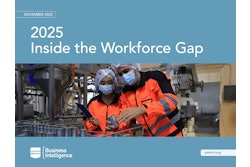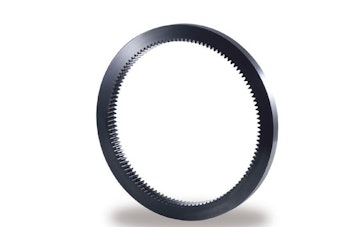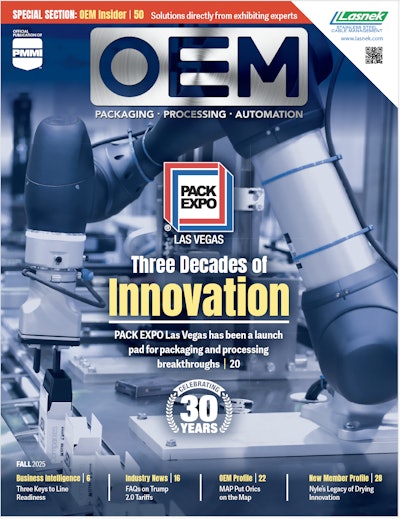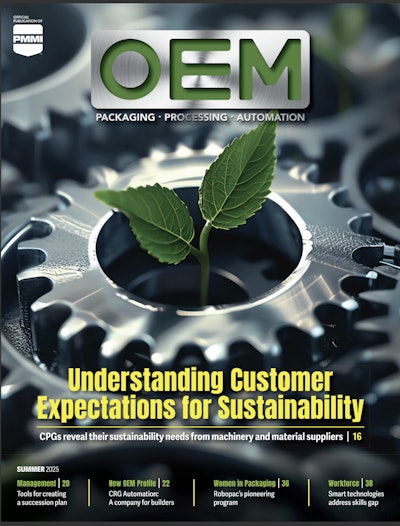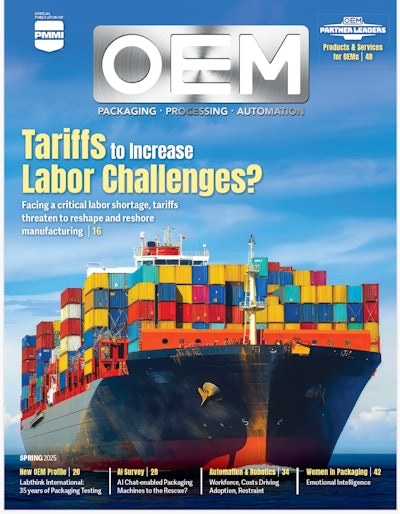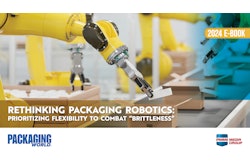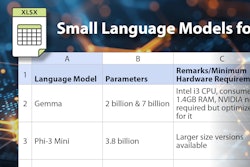Quick hits:
- Open Process Automation Forum (OPAF) outlines future roadmap of its Open Process Automation Standard (O-PAS)
- Schneider Electric moves from hardware-dependent systems to an open software-centric automation model.
- UniversalAutomation.org demonstrates its first plug-and-produce offer from member companies.
- Schneider Electric Continues its Open Automation Journey
- The First Open Industrial Control System Rolls Out
- Bedrock's Open, Secure Control System Gets an Upgrade
- UniversalAutomation.Org Founded to Facilitate Interoperable Automation
 | Read the transcript below: |
Welcome to Take Five, I’m Stephanie Neil, and I recently attended the ARC Industry Forum in Orlando where manufacturing end users and industrial suppliers gather to discuss some of the most important advancements in plant floor technology.
Not surprisingly, talk of open and configurable control systems and application portability came up.
There was an update from the Open Process Automation Forum and its Open Process Automation Standard, called O-PAS. The standard is now on version 2.1 which is focused on configuration portability, the first step toward the goal of plug-and-play functionality for control equipment.
And while that version actually came out last year, the group understands the need for speed here, and is working on new functionality, like application portability and system orchestration that may be available individually in the next year or two and won’t require the entire spec to be re-released.
The one hundred or so group members recognize that end users want to move away from the proprietary control system of the past. But it requires new approaches and ways of doing things.
To transform the ecosystem, the group has created end user workshops, supplier “plugfests” for product prototypes, and end user testbeds. But for end users and system integrators there’s a degree of adaptation that must occur as they try to understand how the standard effects the system lifecycle.
So the group has developed the O-PAS Adoption Guide to provide guidance and help illustrate changes expected. It will answer many questions addressing different aspects of the implementation. If the user can’t find the answer for a question, they are encouraged to reach out to the Open Process Automation group so they can expand and improve the document over time.
In the spirit of open control architectures, some companies are taking some bold steps in this direction right now.
During the ARC Forum, Schneider Electric described its direction toward a “radical new future” that is based on co-innovation. The company said it is changing its control architecture by moving away from a hardware-dependent system toward an open, software-centric automation model.
This past November, Schneider Electric launched UniversalAutomation.org as an independent non-profit association. The group’s mission is to design interoperable automation software that enables vendor agnostic portable applications. This is done using the shared-source IEC 61499 runtime engine. When suppliers add the runtime software to their hardware, it is then open to application portability. And, at the ARC conference, Universal Automation demonstrated its first plug-and-produce offer from six member companies.
Now, while this is a Schneider Electric initiative, executives told me that they expect it to be fully managed by the members, which does include some other industrial suppliers like, Yokogawa, Phoenix Contact, and Belden. And that, they say is where the co-innovation happens.
I’ll be watching this space closely to see how this evolves and report back to you. In the meantime, you can learn more about the O-PAS standard and UniversalAutomation.org in the links below. Thanks for joining me today, we’ll see you next time on Take Five.


